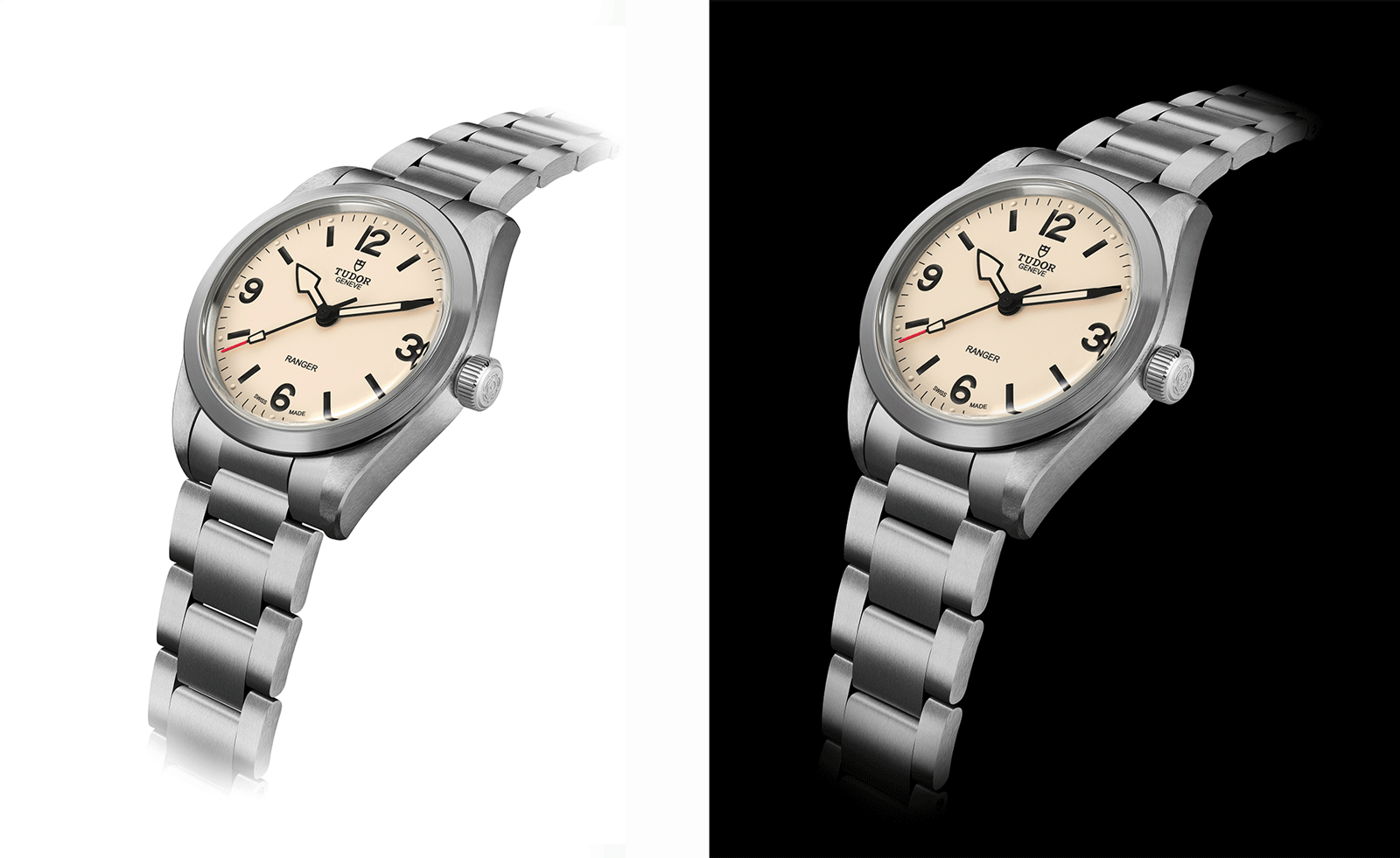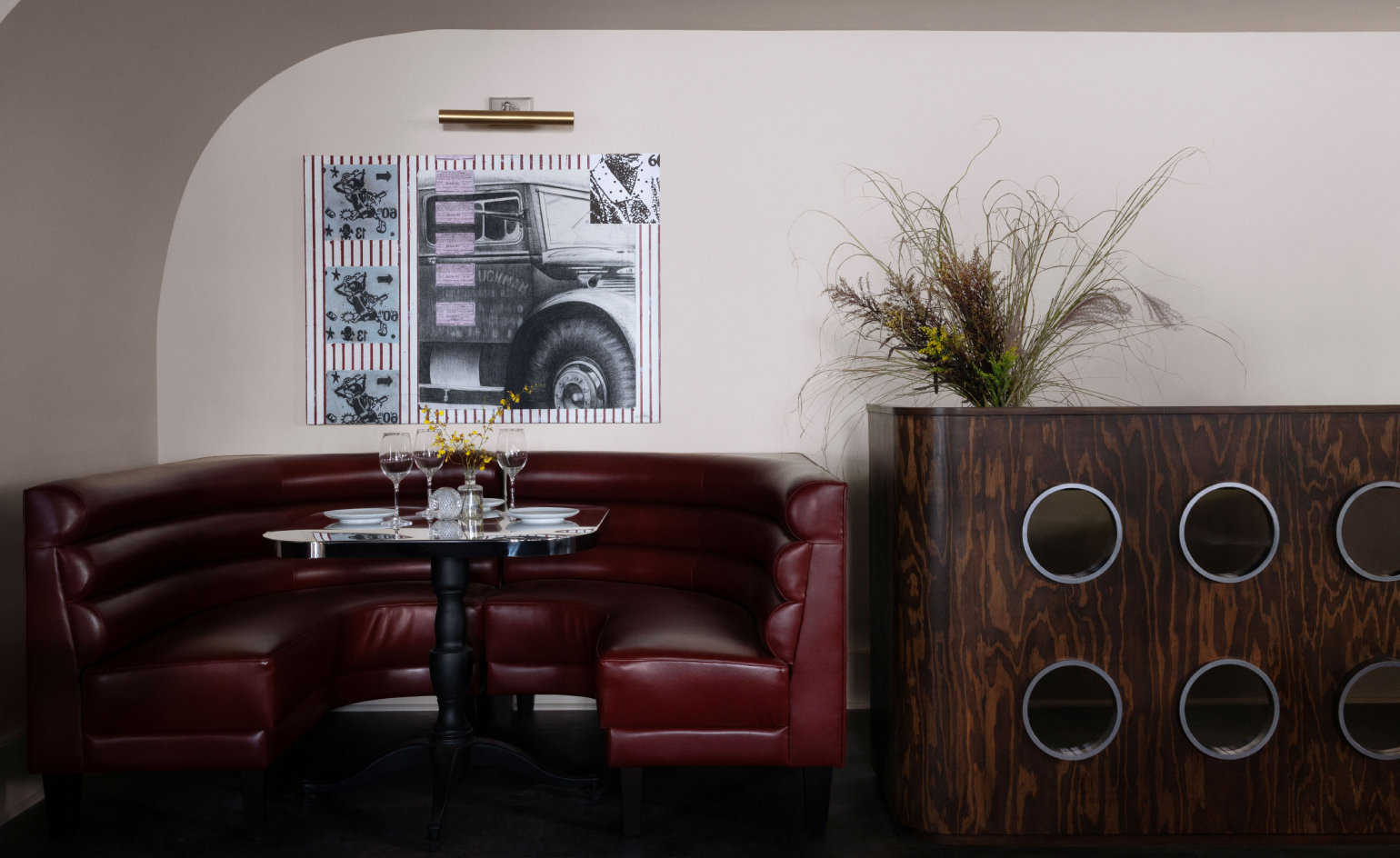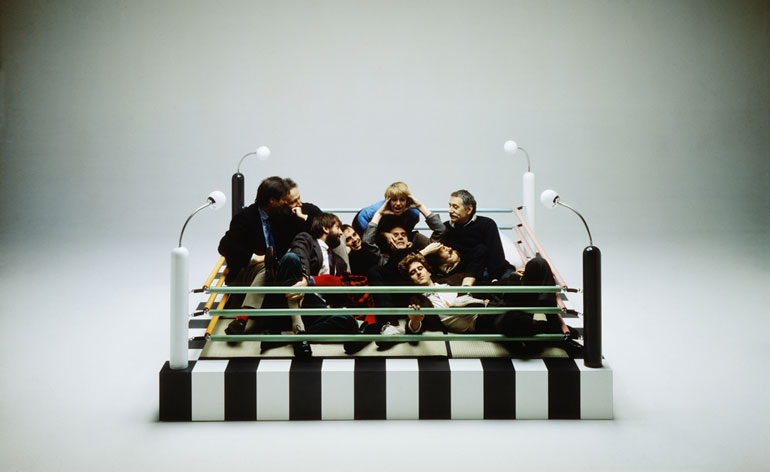last updated
in Features
Harriet Thorpe is a writer, journalist and editor covering architecture, design and culture, with particular interest in sustainability, 20th-century architecture and community. After studying History of Art at the School of Oriental and African Studies (SOAS) and Journalism at City University in London, she developed her interest in architecture working at Wallpaper* magazine and today contributes to Wallpaper*, The World of Interiors and Icon magazine, amongst other titles. She is author of The Sustainable City (2022, Hoxton Mini Press), a book about sustainable architecture in London, and the Modern Cambridge Map (2023, Blue Crow Media), a map of 20th-century architecture in Cambridge, the city where she grew up.

The Tudor Ranger watches look back to the 1960s for a clean and legible design
By James Gurney Published

Galerie On Sunset is primed for strong drinks, shared plates, live music, and long nights
By Carole Dixon Published

Everything you want to know about Memphis Design, from its history to its leading figures to the pieces to know (and buy)
By Francesca Perry Published